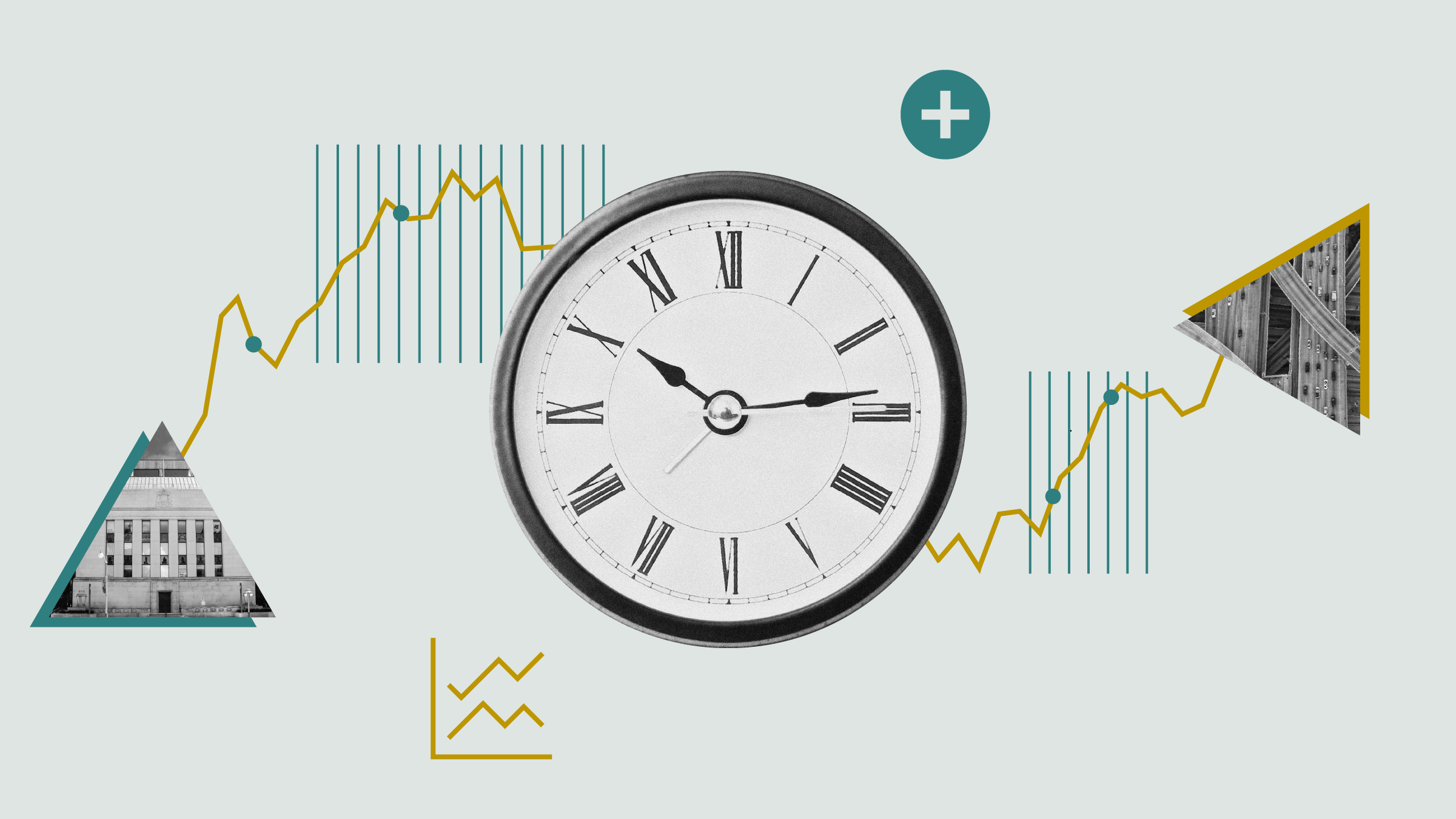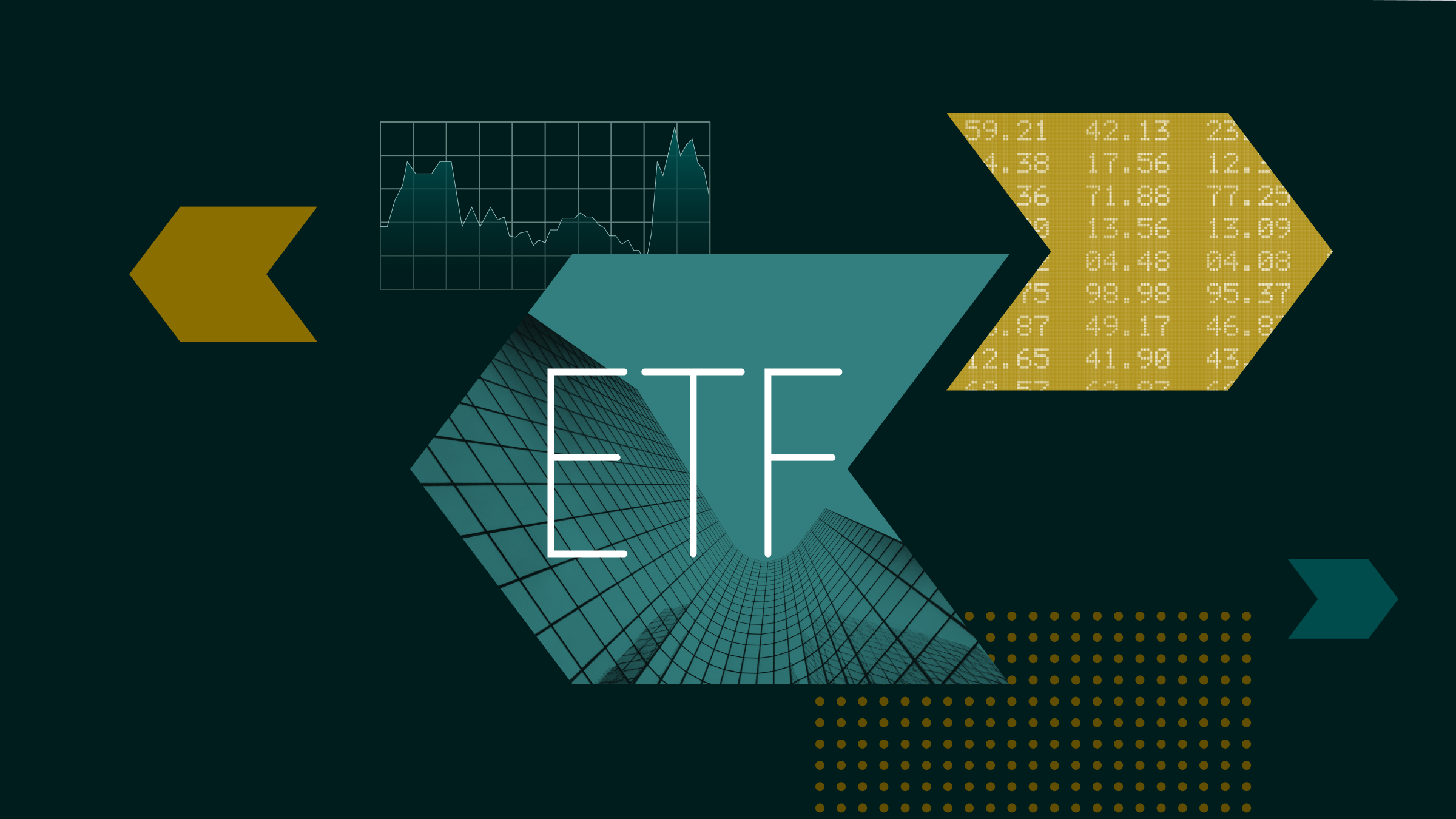I have some advice for Finance Minister Joe Oliver. Scrap the minimum withdrawals required for registered retirement income funds and let people withdraw funds as they need them regardless of age. I gave identical advice to Finance Minister Jim Flaherty in this column in late 2008.
The reasons are simple. People are living longer, and it makes sense for those people who have assets in a RRIF to keep funds sheltered for that inevitable rainy day when they may be needed for, say, health care not covered under provincial plans, home care or the cost of services a person may no longer be capable of performing himself, such as house cleaning or shovelling snow.
Importantly, the formulas used to determine minimum withdrawals are based on interest rates of a bygone era -- 1993 to be precise -- and bear no relationship with today's low interest rates.
I recognize that if the government takes my advice there will be some short-term consequences in terms of lost tax revenue. But any residual amount in a RRIF at the death of the RRIF owner is taxable (unless it can be rolled tax-free into a spouse's RRIF, where it would be taxable at the spouse's death). Also, not everyone has substantial RRSP savings, and indeed many people will withdraw greater than the minimum amounts when they roll their funds into a RRIF.
Of course any money after taxes the individual does not need for current expenses can be re-invested, but any income earned will be taxable as well, reducing the amount available for saving.
Under the current rules, a person must roll his RRSP into a RRIF no later than Dec. 31 of the year he turns 71 and begin withdrawals no later than the following year.
Withdrawals are based on age, so when this individual whom we will assume opened his RRIF at age 71 begins his withdrawals the following year at age 72, he must withdraw a minimum of 7.48% of the value of his plan at the beginning of the year.
However, if he has a younger spouse he can base the minimum withdrawal on his spouse's age, and if she is younger the difference in minimal withdrawals can be significant, depending on the age difference. If she is, say, 60 years of age, the minimum withdrawal will be 3.3%. This percentage is based on a formula that subtracts her current age (assuming it is less than 71) from 90; in this case the difference is 30 (90 minus 60) which we then divide into 1 to arrive at 3.3%.
For ages 71 and over a different formula is in place that reflect interest rates of the early 1990s and is unrealistic in today's environment when the best a conservative investor can earn on a guaranteed investment is not much more than 2%.
At such rates of return, many people will outlive their money given the requirement of minimal withdrawals of 7.38% at age 71, hitting 8.75% at age 80 and rising to 20% at age 94. These percentages replaced a schedule put in place in 1978 that required a RRIF to be paid out prior to age 90.
The consequence of low guaranteed fixed income rates is that many seniors have shifted their asset mix into a potentially more volatile portfolio. In many cases their RRSPs and RRIFs are heavy on the equity side rather than a mix of fixed income and equity. In some cases their fixed income components are speculative exempt issues that advertise expected returns several times what one can get from a bank.
I suspect that with 2015 being an election year the government and the opposition parties will be presenting proposals that will better reflect today's interest rate levels and economic realities, which include stock market volatility.
In the meantime, if you are in your late 60s and you haven't already done so, set up your RRSP so you will have cash for those first few years of RRIF withdrawals and won't lose sleep if the stock market is down when you need to make withdrawals. Figure out the minimum amounts you will need at ages 72 through 74 based on what you have now and put the money necessary to provide those amounts into guaranteed investments. That way, if the stock market plunges you won't have to sell stocks or redeem mutual funds at low levels. Keep in mind that if the stock market drops 40%, it has to appreciate 67% for you to get back where you were. Once you reach age 71 and have your RRIF, you can continue the strategy as long as you have the will and competence to do so.
If you hold issues where you expect high interest rate returns, make sure you understand the risks of what you have. My column from Dec. 29, 2011, gave a number of examples of what you might miss by not reading the documentation.
If you are over concentrated in specific issues, consider redeeming all or some portion if you are able to reduce your risk. A number of exempt issues are promoted on the basis of RRSP and RRIF eligibility. Keep in mind that there is a chasm between what may be eligible for retirement plans and what may be suitable for you in terms of risk.















